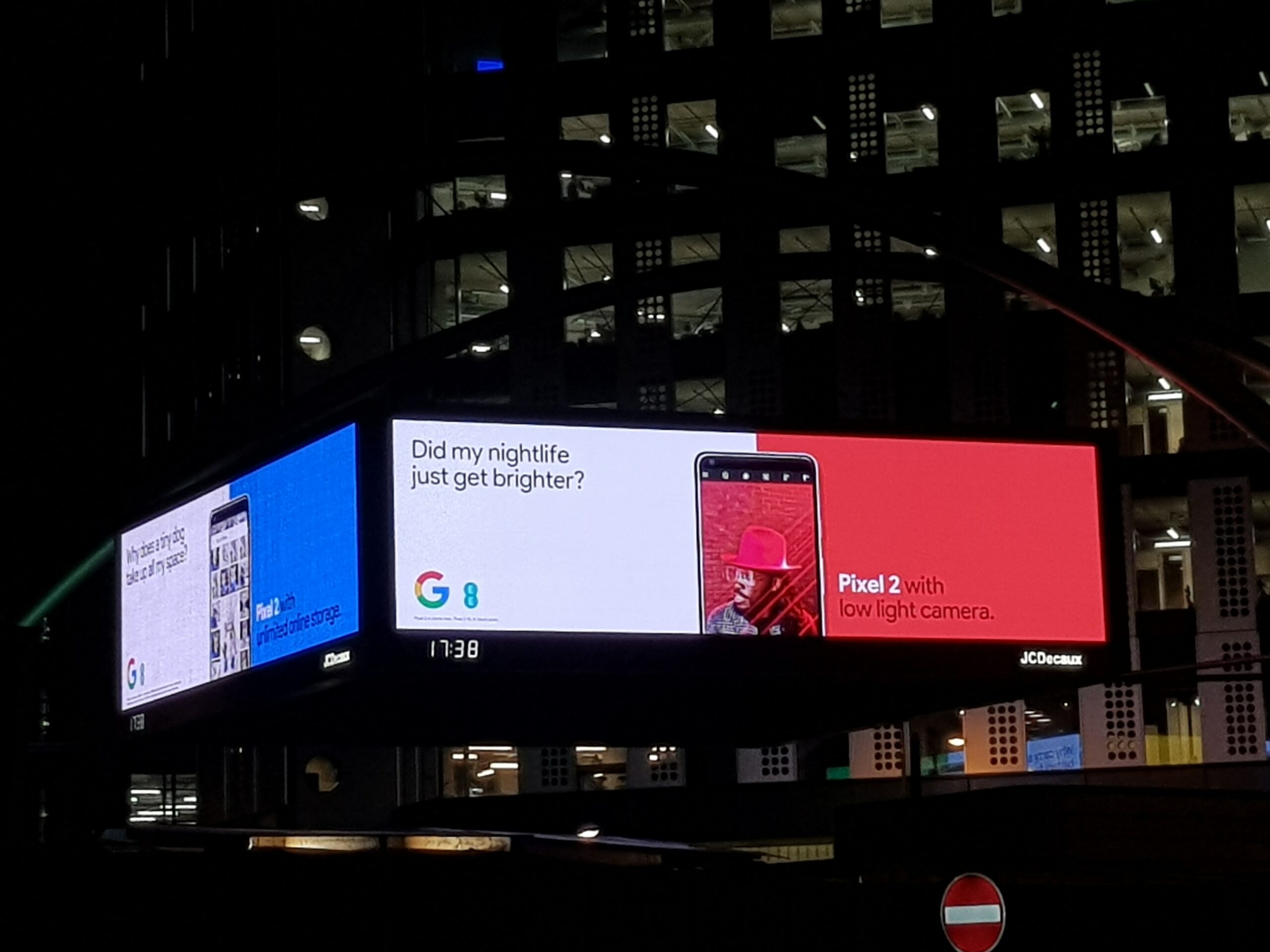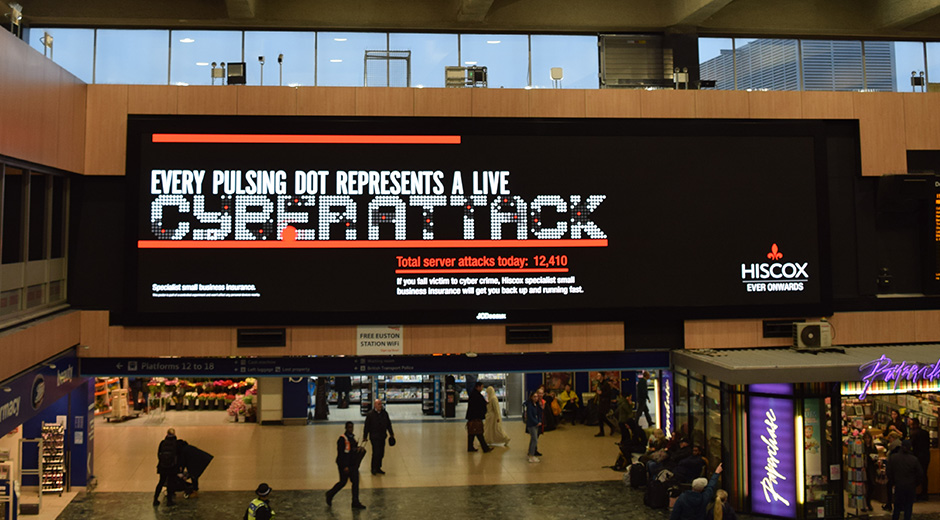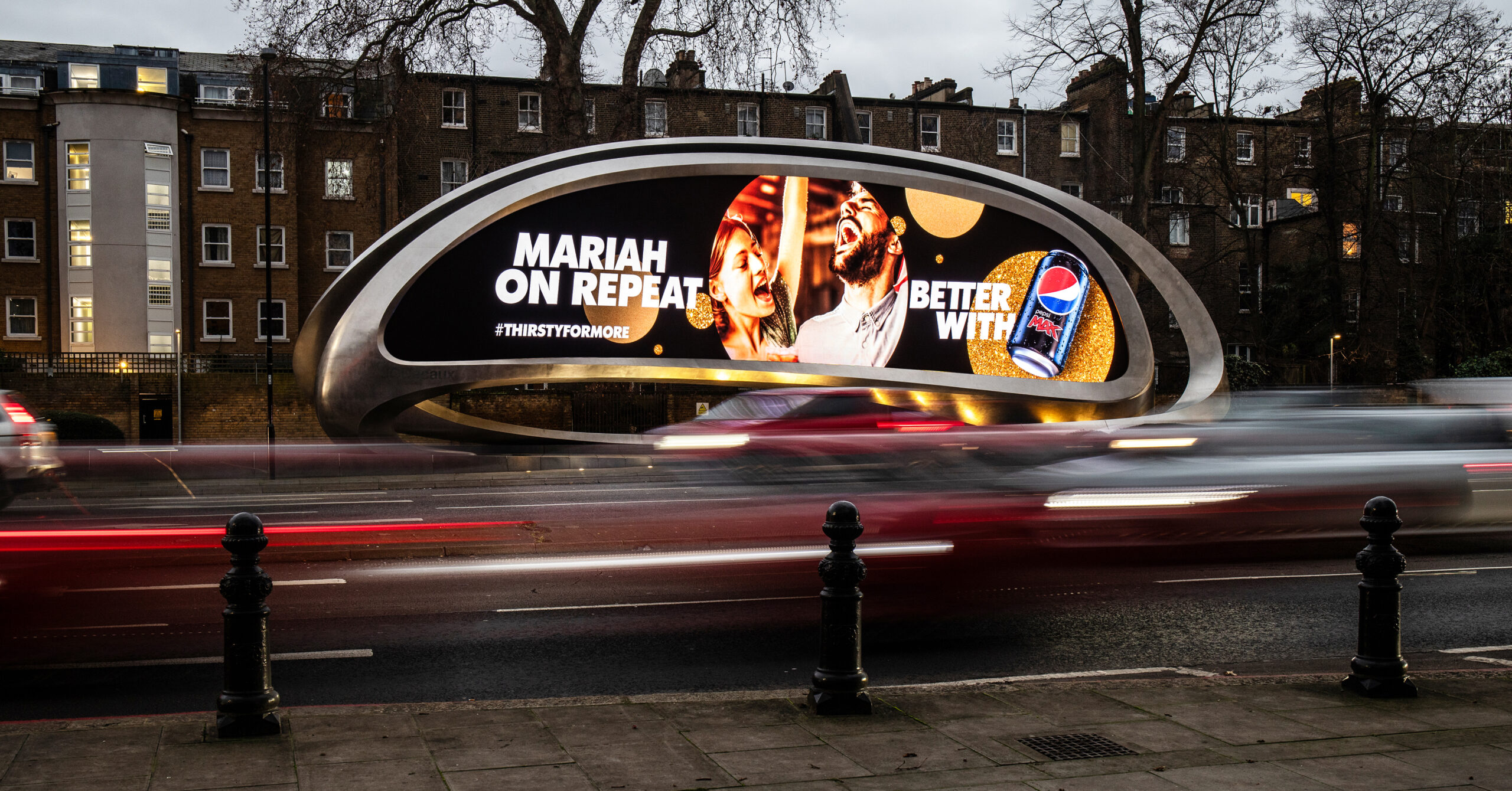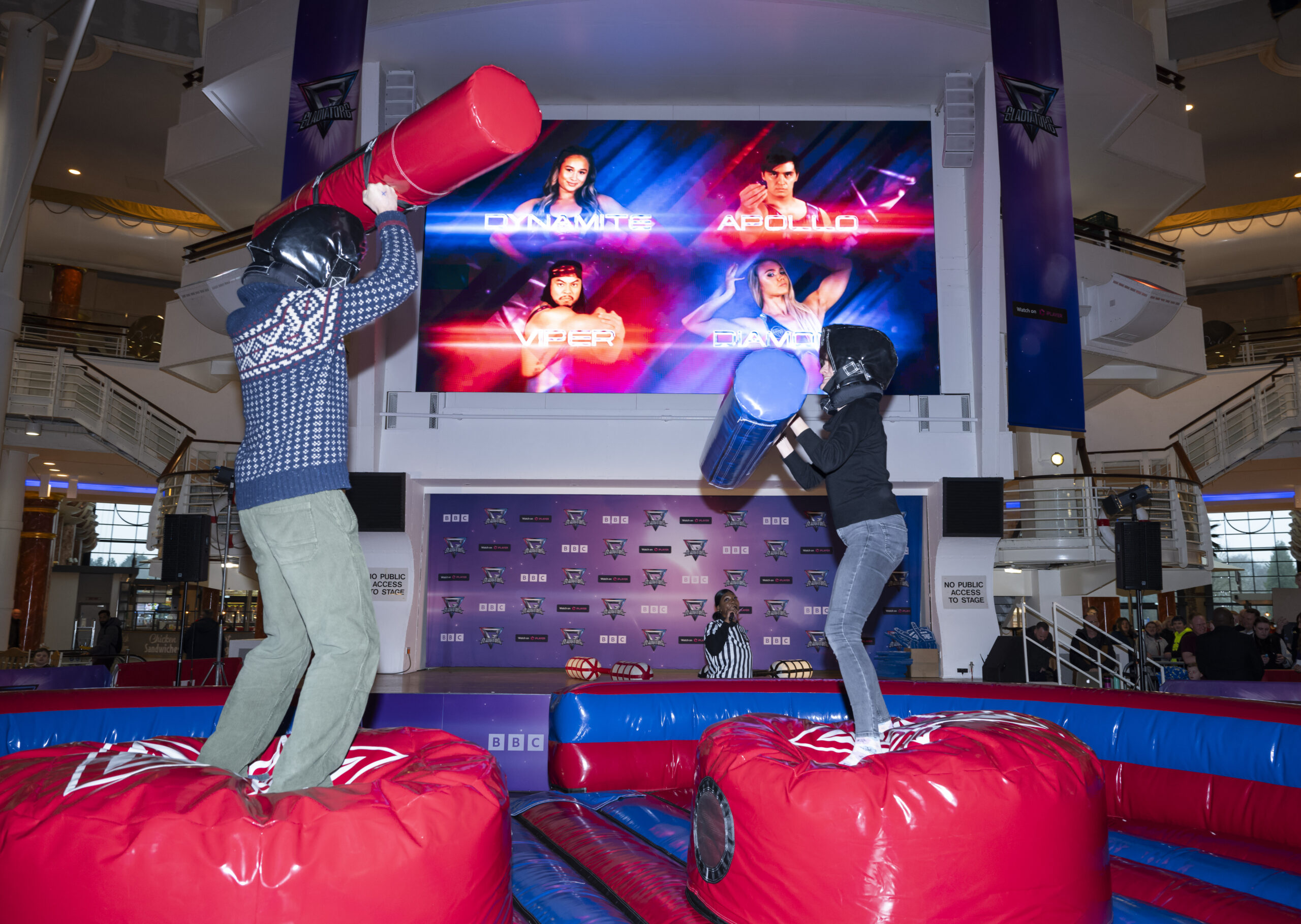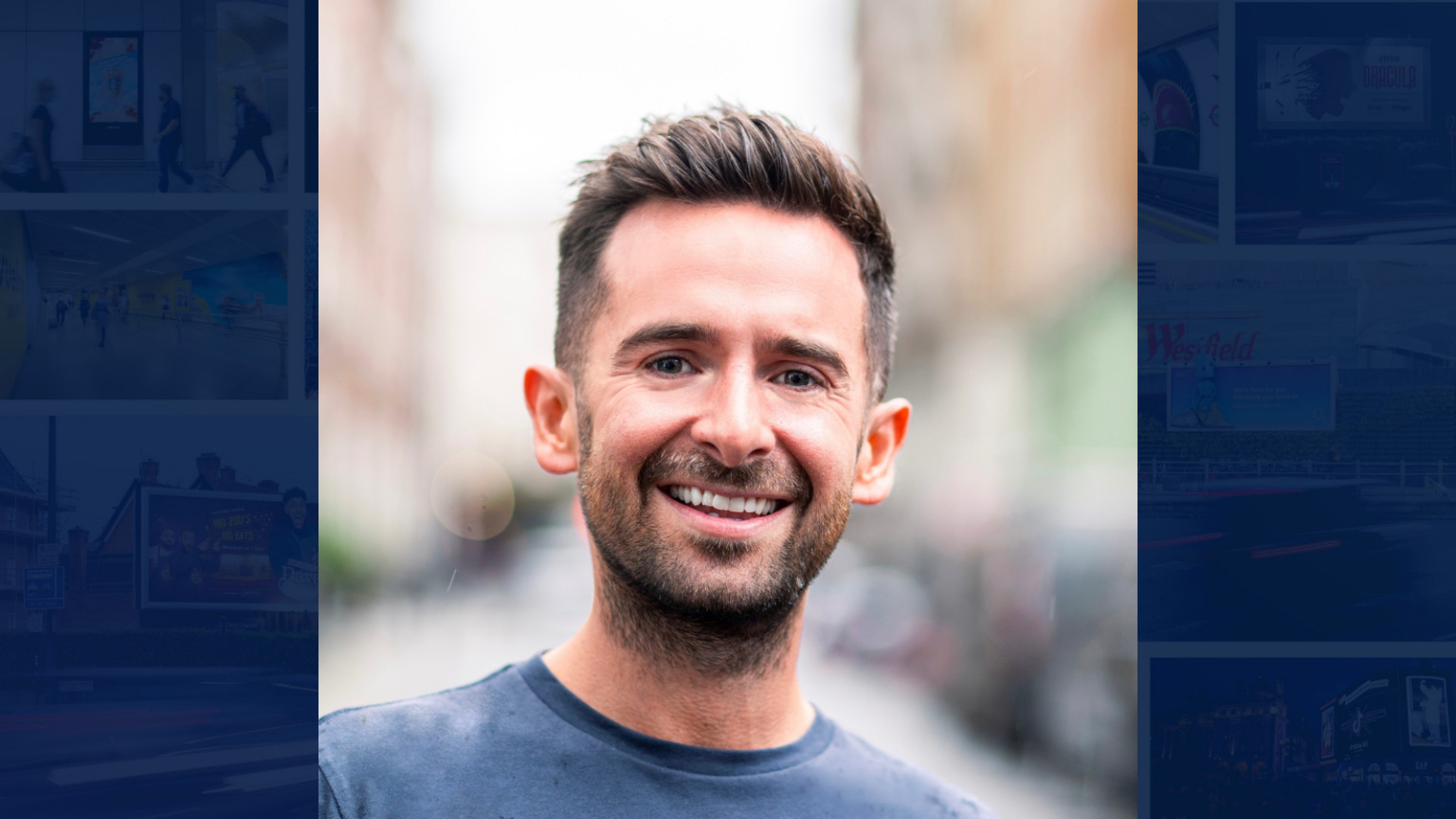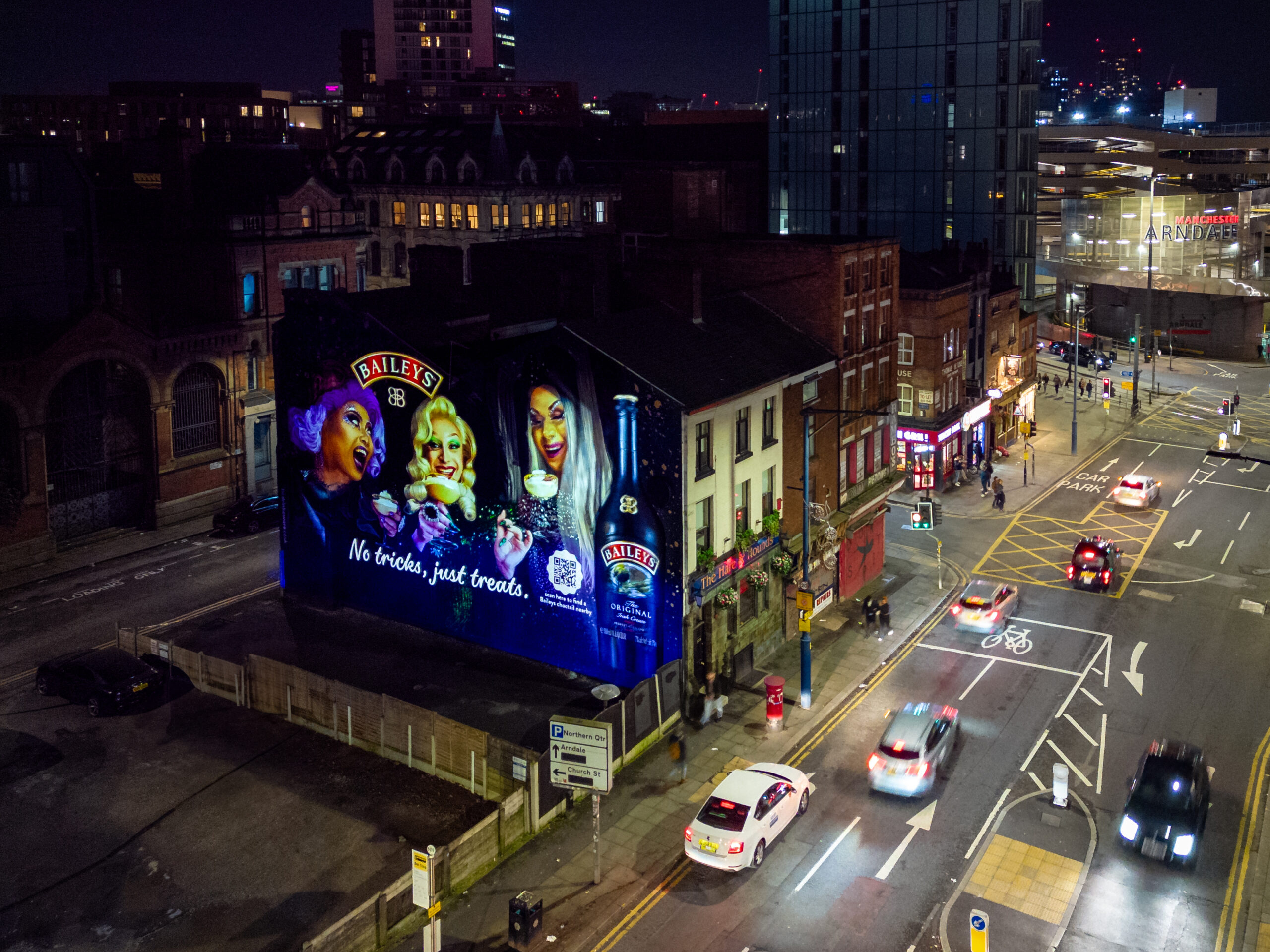How the US and UK Markets are Enabling Data-Driven Creativity in OOH
This article first appeared on OOH Today on 29th May 2018.
Our Chief Creative and Technology Officer, Dan Dawson, and Jon Conway, the Chief Strategy Officer from Talon sat down after their panel session at the GO2018 OOH Conference and discussed their highlights from the Texas event.
Both OOH experts were part of a panel which explored data-driven creativity, here are their thoughts…
Why were you there?
Dan Dawson: Grand Visual has been attending the OAAA/Geopath conference since we opened our New York office in 2014. There is no other event like it for bringing together all the stakeholders from across the OOH landscape for some great knowledge sharing, debate, and networking.
Jon Conway: We recently opened Talon New York, our first office outside of the UK. The conference felt like the ideal opportunity to see the US industry up close and under one roof. Talon has established itself as a leading out-of-home agency in the UK, but the US is in a league of its own in terms of scale and opportunity and it was so valuable to hear from the major players and understand more about the issues keeping them up at night.
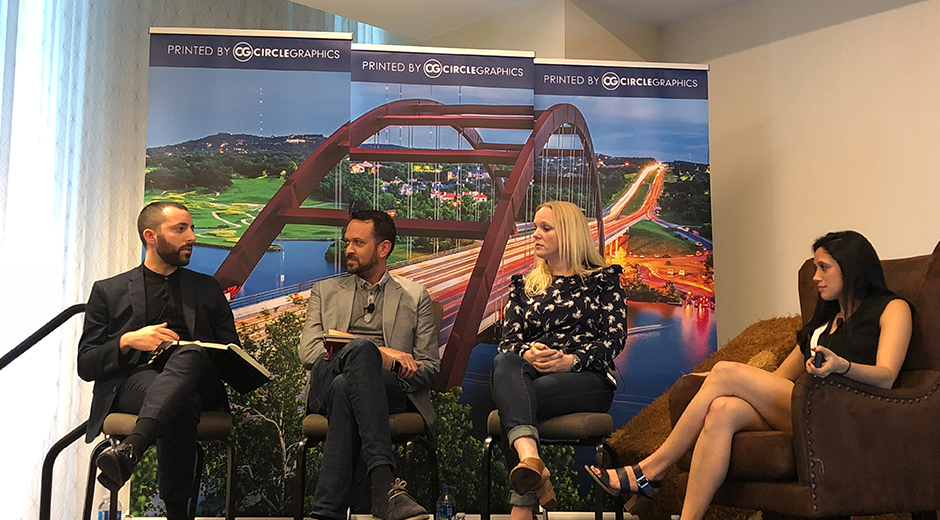
What was your #GO2018 conference highlight?
Dan Dawson: For me, the highlight was Nancy Fletcher’s keynote. Whilst summarizing the successes, the phenomenal rate of change and the growth potential of the industry, Nancy then got to the heart of the matter, with a rallying call for more meaningful industry collaboration between vendors, owners, agencies and specialists. It’s no longer ‘speculate to accumulate’, but ‘collaborate to innovate and innovate to accumulate’. For me, that really is the crux of it. All the best work we’ve produced over the years has come out of a cohesive, close-knit, multi-agency relationship, where all parties are collaborating from the start. Another highlight was the social side, meeting and catching up with industry friends, sharing OOH stories, and indulging in Austin’s finest Salt Lick BBQ, possibly the best #AustinBBQ ever… #Ribs #Beer #Repeat.
Jon Conway: I thought the whole event was impressive and the high production values created an atmosphere where people felt proud to be part of the industry. I found Geopath President Kym Frank’s keynote on the evolution of OOH measurement powerful. I believe this is a critical issue for the industry today. As Kym said, advertisers are demanding independent measurement and they do not want to transact media based on a currency generated by an agency or publisher. The work that Geopath is doing to refine audience measurement and provide a trusted, universal currency addresses advertisers’ needs will help the industry to thrive.
What was your conference breakout session about?
Dan Dawson: The focus of our session was ‘Right Audience, Right Moment and Right Message.’ 3 simple rules that we believe makes an effective digital OOH campaign… but in essence, they are the foundation of any OOH campaign.
Jon Conway: The growth of digital inventory has been a catalyst for creativity and effectiveness. But it is not just about digital screens, it’s also the signals we use to understand audiences and locations and the intelligent technologies used to build and deliver campaigns that respond to those signals. Speaking about this in terms of audience, moment and message makes sense, because thinking about media and creative together produces better advertising.
Dan Dawson: Good point Jon – That digital inventory is now supported by adtech platforms and workflows that allow creative to react and change during the course of a campaign. Dynamic creative, joins the dots between data-driven media planning and the mindset of a consumer at a given time, in a given place. That is powerful.
You two guys are based in the UK, what do you see as the biggest difference between our OOH markets?
Dan Dawson: The main differences are size and agility, and yes the two are linked. The UK is geographically the size of Michigan with a population around the size of California and Texas combined. The total UK OOH market is worth $1.5b (10% share of national ad spend), 47% of that is now coming from digital OOH. In the US OOH is a phenomenal $7b market [around 13% DOOH] contributing to 4.1% of the overall national ad spend. In the UK, most of the national OOH campaigns come from London-based agencies. Because of this, the budgets, concepts and innovative work streams can be done in an agile way with local inter-agency collaboration. The US market is more fragmented, which is expected due to the geographical and market size.
But both markets have consistent growth, partly fueled by digital OOH, transforming paper to pixel and opening the digital door to advertisers who want to behave smarter. Technology wise we’re largely the same – The media owners employ similar systems here as in the UK, so coupled with our API the integration for our technology stack has been relatively straightforward.
Jon Conway: There are clear differences in scale and geographical spread of audiences and urban areas, and this impacts the types of campaigns that we can deliver in the UK vs the US. Digitization also seems to have progressed more rapidly in the UK. Well over 50% of Talon’s UK media billings derived from digital campaigns last year. But, looking at the bigger picture, I think there are more similarities than differences. At the conference, we heard how the US market is grappling with the same basic challenge we face in the UK – how to capitalise on OOH’s core strengths and digital transformation to create better advertising and grow revenues. We’re confident that our approach to this challenge can work on both sides of the pond. That’s why we chose to open our first international office in the US.
How can the OOH industry embrace technology to help deliver the right message to the right audience at the right moment in time?
Jon Conway: In a digital world, right audience, right message, right moment becomes more important because we’re confronted with the reality of out-of-home audiences and locations. We see people continually moving around, conditions shifting, and the personality of locations changing from one moment to the next. If we don’t respond by serving relevant ads, there’s an opportunity cost – our campaigns will be less effective at achieving their goals. How do we embrace technology to enable relevant, effective advertising? I think it’s already happening, We see an important part of our role being to manage this complexity and make it easy for advertisers to navigate the landscape and be effective. Being relevant doesn’t need to be complicated and we’ve seen time and again that these campaigns are more successful – delivering higher recall, with the positive brand associations of being useful and relevant, and driving business outcomes.
Google is a case in point. We’ve helped them to deliver world-class out-of-home advertising in the UK for products like the Google App, YouTube and Pixel and through their always-on placement in central London. Advertisers like Google are increasing out-of-home media spend year after year and producing award-winning campaigns. It’s working for them, and for our business, so we think it’s a model that could also help drive growth for the US market.
Dan Dawson: It’s simple evolution. As Jon says, the technology is helping us to be smarter about audiences and is helping to inform the creative message. By understanding audiences, you can create moments that trigger or update creative messages – crafting stories that are contextually relevant to a given location/time/audience. The OOH industry has always worked hard on its data. In fact, during Kym’s keynote at the conference, there was a very funny clip from the days when media owners would use human captured traffic data to decide where to put a roadside billboard. Today, live and legacy data is used to provide deeper insights into audience frame of mind. Now we’re able to paint a data-driven picture, we’re able to tailor messages accordingly instantly.
As we look to the future what are some tech solutions, concepts or practices that excite you and could elevate DOOH in the US?
Jon Conway: The role of technology in out-of-home – just like any industry – should be to make our work easier to produce whilst delivering better outcomes for our clients. What excites me, and what I believe can elevate out-of-home, is integrated digital and out-of-home operations. That’s about teams of people with the right mix of expertise, working together to deliver campaigns with consistent audience data and reporting. We absolutely see a future in which our people will be fully embedded in client and agency teams. They’ll work side-by-side with digital buyers and they’ll use complementary technologies to manage out-of-home alongside online investments. Some of that technology will be designed specifically for out-of-home audiences and locations, that’s a big part of what we’re focused on at Talon.
Dan Dawson: For me, it’s practices, not tech. I think the technology stack is there, now it is just about connecting them. We are on our way to realizing exponential growth, as systems become further connected with a programmatic OOH future not too far away. Opening up to online DSPs is an obvious way to encourage new money into OOH. But to sustain that revenue, the ad placements must prove to be effective, with the correct message and transparent, robust and agnostic reporting. That is where display and OOH differ in terms of system, so for OOH it highlights the need for specialist knowledge and tools.
We must all embrace change, technology, and collaboration. However, we have to remember that it’s the humans in our industry that will make this happen…. not the machines. I see the growth in OOH and digital OOH being designed by humans, driven by data and delivered by machine…. Creating efficiency at every step.
